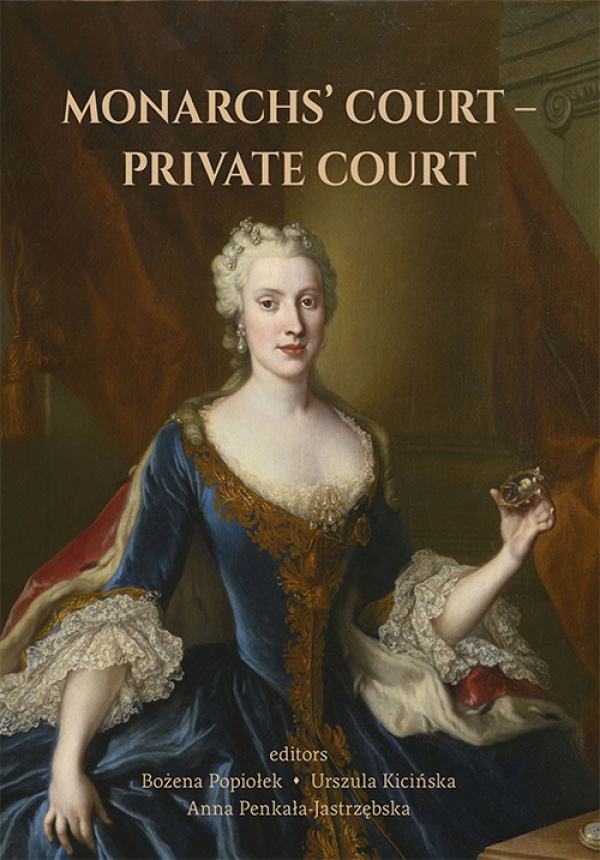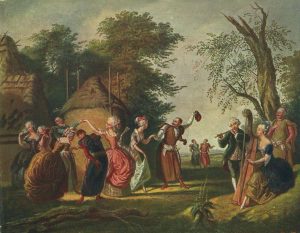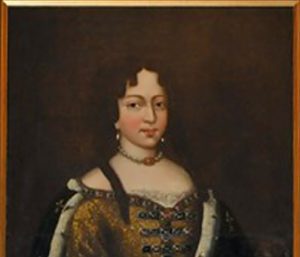MONARCHS’ COURT–PRIVATE COURT. The Evolution of the Court Structure from the Middle Ages to the End of the 18th Century

The newest book about the specific of the Court Life, edited by Bożena Popiołek, Urszula Kicińska, Anna Penkała-Jastrzębska, has been published by Wydawnictwo Naukowe Uniwersytetu Komisji Edukacji Narodowej. The book is entitled: MONARCHS’ COURT –PRIVATE COURT. The Evolution of the Court Structure from the Middle Ages to the End of the 18th Century.
This monograph provides insights into European courtly circles from the perspective of structural and cultural changes that took place both in the reigning monarch’s courts and in private circles from the Middle Ages to the end of the 18th century.Regardless of the patron or patroness, the court was undoubtedly an interesting administrative, economic, and cultural structure, exerting a strong influence on the organization of European society in the pre-industrial era. The structure of the European ruling courts fluctuated constantly: their organization, their members, and the role they played changed. Not only was the court an important element of state administration and the administrator of offices, goods, and means, but also the creator of new cultural values and the environment where the youth was educated, where social advancement was possible, and where clerical and political careers flourished. To a large extent, their size, members, and etiquette depended on the financial capabilities, as well as on the political structures of the countries in which they operated. With time and the development of new structures in the royal or aristocratic courts, which were the conveyor of elite values as well as new aesthetics and fashion, the court would become not only an element of authority, but also of prestige, as well as an expression of wealth belonging to a specific social group characterized by a coherent system of signs, gestures, and cultural codes, which constituted a community of educational models, and ceremonies.
The Renaissance marked the formation of new organizational structures of courtly circles, the creation of a women’s court, the development of the “courtly Lady” and good courtier models, as well as the flourishing of the political patronage of reigning monarchs. Some of the former court offices ceased to exist, others took on a new character and functions. The court became not only a political unit, but also a cultural one, the forge of elites formed in accordance with the will of the ruler or in opposition to it. The Baroque, in turn, resulted in the development of various stricter types of courtly etiquette, which in the next era resulted in a desire to free oneself from the strict framework of imposed ceremonies and at the same time a desire to imitate. Court culture became, as never before, a tool of politics, but also a synonym for prestige and belonging to the aristocratic elites, which, however, could not function without adequate facilities.
 Women's noble court in the Polish-Lithuanian Commonwealth in the Saxon times. Structure, people, culture, functions
Women's noble court in the Polish-Lithuanian Commonwealth in the Saxon times. Structure, people, culture, functions


